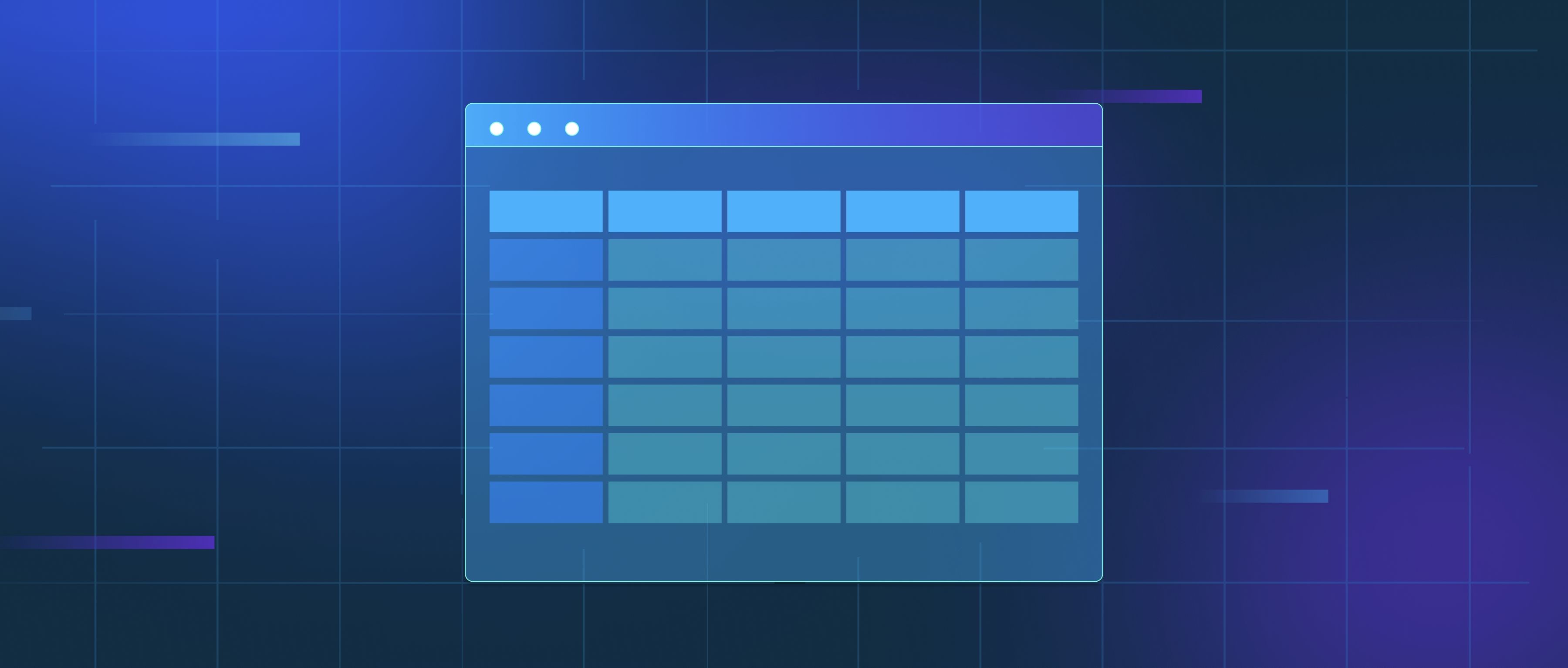AI models handle multi-hop reasoning by utilizing a series of steps that involve breaking down complex questions or problems into manageable parts. Multi-hop reasoning refers to the ability of an AI model to make connections between different pieces of information across multiple sources or facts. This process is crucial for tasks that require understanding relationships and deriving conclusions from non-adjacent pieces of information.
To achieve multi-hop reasoning, AI models often use techniques such as attention mechanisms and graph-based approaches. Attention mechanisms help models focus on specific parts of input data that are most relevant for a given task. For instance, a model processing a question about a historical event may need to reference separate documents about different events or figures. By using attention, the model can selectively pull in details from various parts of its training data that correspond to each “hop” in the reasoning process. Graph-based methods represent information as nodes and edges, allowing the model to traverse through interconnected facts to find a correct conclusion.
An example of this would be in question-answering scenarios where a user might ask, "Who was the President when the first man landed on the Moon, and what was the year it happened?" Here, the AI model would need to link the event of the Moon landing with historical data and then connect it to the timeline of U.S. Presidents. The ability to traverse these connections and synthesize the information is key to successfully answering such questions. This requires the AI to not only retrieve information but also to reason about it in a structured way to generate a coherent and accurate answer.
